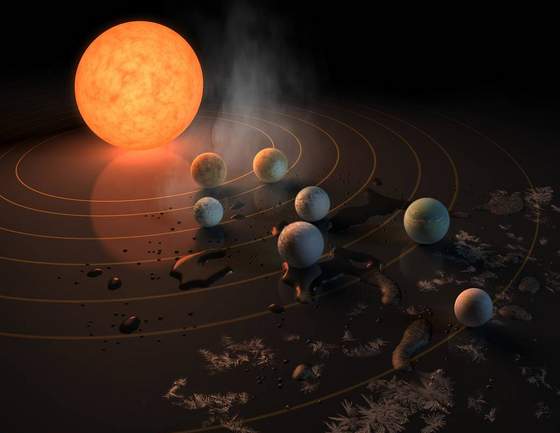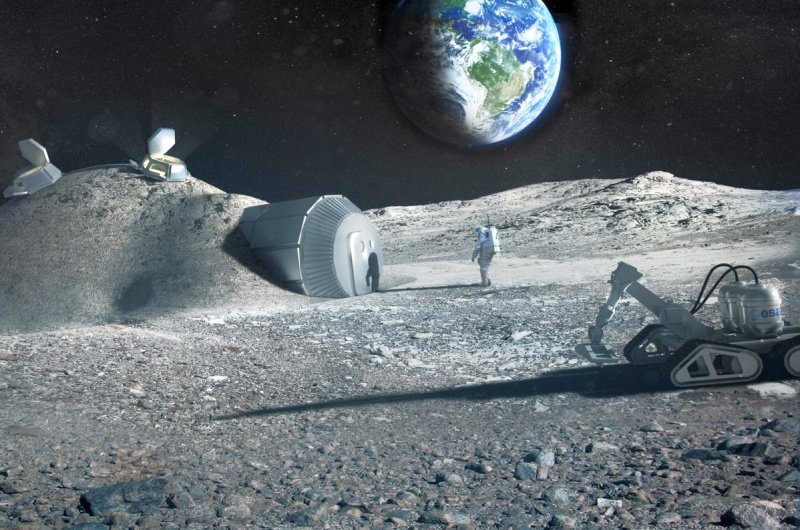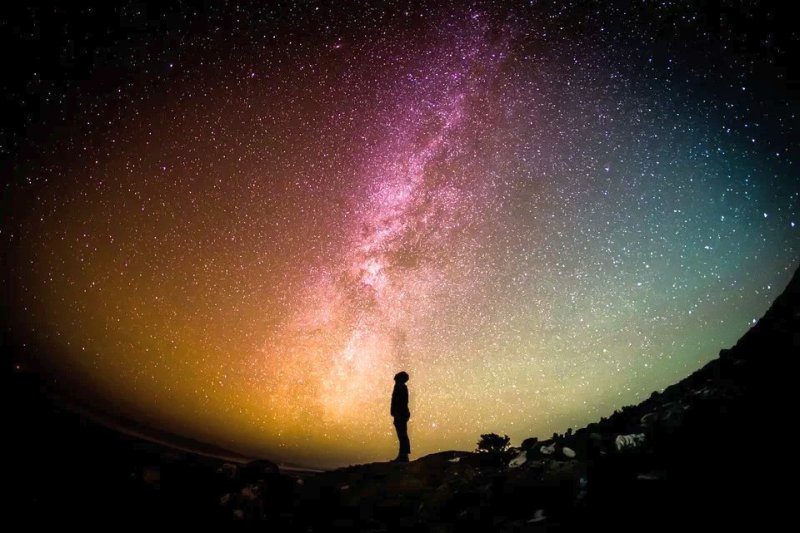Category: Space
-

Scientists Find Radio Emissions Above a Sunspot
A recent study in the Nature Astronomy journal, astronomers at New Jersey Institute of Technology’s Center for Solar-Terrestrial Research (NJIT-CSTR) examined radio reports of an incredible aurora-like bit over 40,000 km above a calm, chilled spot on the Sun, or sunspot. The researchers claim this new radio emission carries traits similar to auroral radio emissions often seen…
-

Nitrous Oxide, or Laughing Gas, May Indicate Life on Other Planets
The chemical nitrous oxide, or laughing gas, may be a biosignature of life, according to astrobiologists. Chemical compounds in a planet’s atmosphere that could indicate life, called biosignatures, typically include gases found in abundance in Earth’s atmosphere today. This conclusion, and the modeling work that led to it, are detailed in an article published today…
-

NASA’s Orbiting Telescopes Capture DART Impact
Both NASA’s James Webb Space Telescope and the Hubble Space Telescope captured views of a spacecraft smashing into a small asteroid in an experiment to deflect asteroids. These observations of NASA’s Double Asteroid Redirection Test (DART) impact mark the first time that Webb and Hubble simultaneously observed the same celestial target. On Sept. 26, 2022,…
-

Dwarf Galaxy Caused Ripples in the Milky Way Long Ago
A dwarf galaxy now seen in the constellation Sagittarius caused mysterious ripples in the Milky Way hundreds of millions of years ago.
-

Dark Matter is Making the Milky Way Spin Slower
The Milk Way is spinning about 24 percent slower because of dark matter. This is the first time this slowdown has been definitively measured. Astrophysicists have predicted this slowdown for 30 years. The study was published in the journal Monthly Notices of the Royal Astronomical Society. The researchers used the Gaia space telescope to make…
-

Long-Term Weightlessness May Impair Emotional Recognition
Astronauts who go on long voyages in space in the future may suffer impairment in their emotional recognition. A study showed that prolonged weightlessness slowed down a person’s ability to recognize facial expressions. The findings were published in the journal Frontiers in Physiology. Reading Emotional Expressions “Astronauts on long space missions, very much like our…
-

Star’s Rosette Pattern Around Massive Black Hole Proves Einstein Right
The star S2 orbits the supermassive black hole at the center of the Milky Way in a rosette pattern as predicted by Einstein. The observations were made by the European Southern Observatory (ESO)’s Very Large Telescope (VLT). It took almost 30 years of precise measurements to map the star’s orbit to finally prove that Einstein’s…
-

Astronauts’ Pee May Be Used to Build Moon Bases in the Future
The urea in astronauts’ urine can act as a plasticizer for the concrete used to build moon base structures. Researchers at NASA, the European Space Agency (ESA) and its Chinese counterpart are exploring how to apply urea from the urine of astronauts to help build moon base structures. The details of their research are published…
-

Do ‘Cotton Candy’ Super-Puff Planets Have Rings?
Scientists call large exoplanets that have extremely low density “cotton candy” planets. These super-puffs, as they are also referred to, may actually have rings. This theory was proposed by scientists at Carnegie Institution for Science and Caltech, and published in the journal The Astronomical Journal. Super-puff planets have such huge radii compared to their mass…
